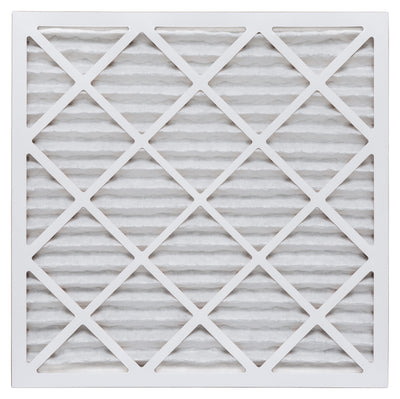Best Temperature for Furnace During Winter
Best Temperature for Furnace During Winter
Learn the technique to set the thermostat properly so you don’t overwork your furnace
Now that the air is colder outside and you’ve switched from using the central air conditioner to the furnace, you might be looking for ways to save energy – and money – this winter. One significant technique is to set the thermostat properly so you don’t overwork your furnace and it consumes less energy. If you don’t already have a programmable thermostat, consider installing one to enjoy maximum energy savings this winter without compromising comfort.
What's the best temperature for my furnace in Winter?
Set the Thermostat for Energy Savings
In the morning and evening when people are at home, set the thermostat to 68 degrees. Wear warm clothing to stay comfortable. If you feel chilly, turn up the temperature one degree at a time.
Don't waste resources during the day
Cranking the temperature up too high at once only wastes money. During the day when everyone’s at work or school, set the thermostat to 55 degrees. You’ll save energy by reducing how much you heat the vacant house.
Don't turn off your heating system
Don’t turn off the thermostat completely or you risk frozen and burst plumbing pipes. Program a recovery temperature of 68 degrees to resume before the first person is due home each day.
At night when everyone’s asleep, set the thermostat to 65 degrees or lower. The greater the temperature setback, the more you save. Program a recovery temperature of 68 degrees to resume before your alarm clock goes off in the morning.
Change the Furnace Filter
Dirty furnace filters restrict airflow and make your furnace work harder, which increases energy use and makes your heating bills climb. Changing the furnace filter often saves you money on your energy bills and helps maintain the airflow you need to keep every room comfortable.
Run a Whole-House Humidifier
Cold air is naturally drier, which is why static shock, dry skin, and chapped lips are so prevalent this time of year. Running a humidifier is a great way to combat these symptoms and even helps you save money. After all, humid air feels warmer because less moisture evaporates from your skin when the air is already saturated. This means, by running a whole-house humidifier, you can comfortably set the thermostat no higher than the ideal 68 degrees.
Zone your House for more comfort
Zoning is also useful for keeping the bedrooms in your home cool at night without cooling the entire house. With zoning, you control the temperature in individual areas of your home with multiple thermostats. When you zone the bedrooms separately from the living area, you ensure you stay cool and comfortable while keeping your energy bills low. Thermostat settings aren’t the only things that need attention when preparing your air conditioner for summer, now is also the time to replace the AC filter for more efficient air conditioning.
Seal up leaks around windows and doors
To help maintain the proper indoor temperature this winter, it’s important to seal air leaks that allow cold outdoor air to enter. Caulking and weather-stripping leaky windows and doors is an effective way to cut down on drafts, keeping your home more comfortable while spending less on heating bills.
Add Insulation and window coverings
Like a thermos, insulation helps keep heat inside your home. Once you seal any attic floor penetrations, lay down a thick layer of insulation. This is the most cost-effective location to boost insulation in a finished home. For your home's windows, you can purchase a shrink-film window insulation kit to hold in precious warmth and maximize your investment.
To read the full article click on the knowledge source link below:
https://www.energy.gov/energysaver/fall-and-winter-energy-saving-tips
To read the full article click on the knowledge source link below:
https://www.energy.gov/energysaver/fall-and-winter-energy-saving-tips
More from:
How To's


